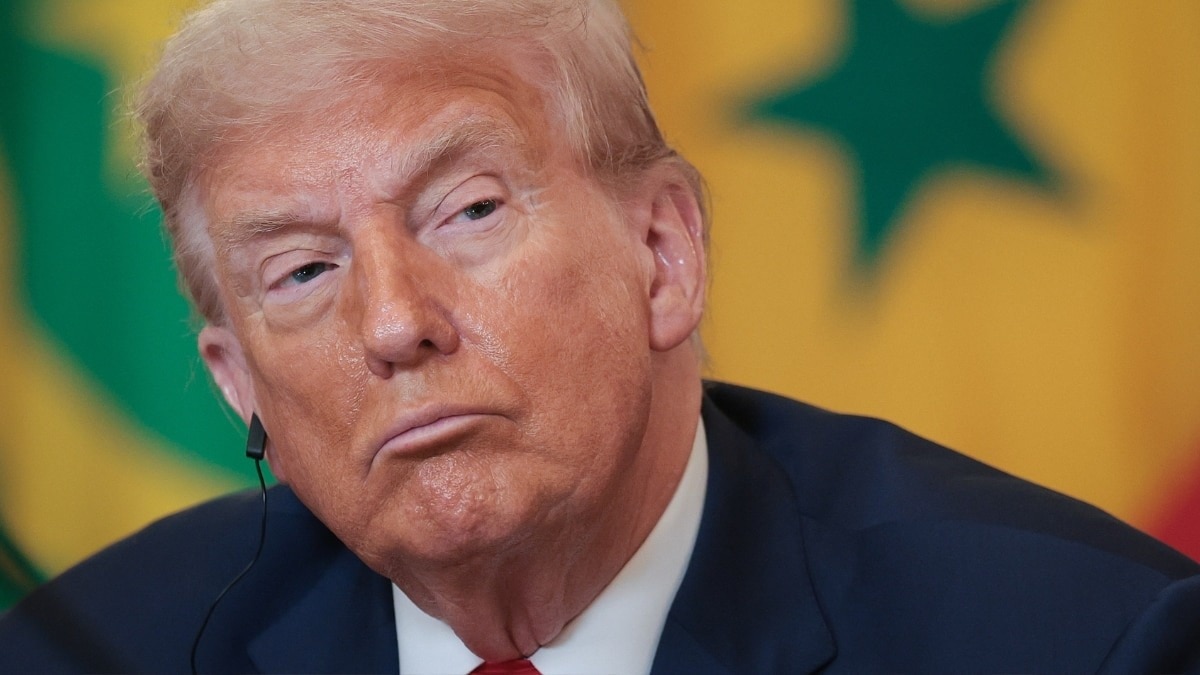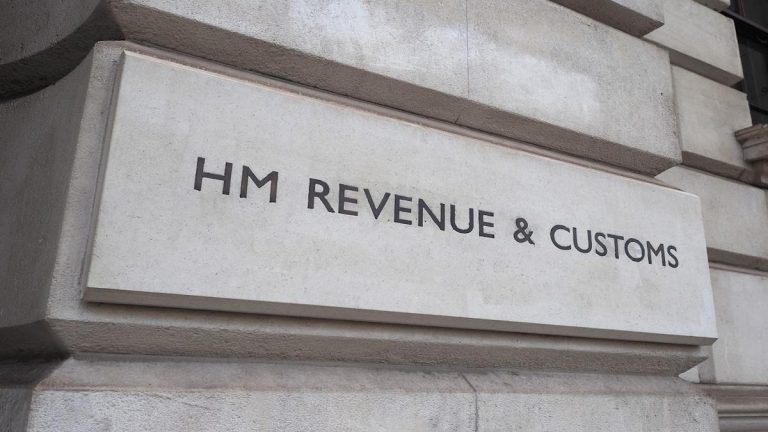The dollar’s dominance isn’t just powerful, it’s parasitic, banker Mohit Munjal argued in a takedown of the global financial system that forces nations to bankroll America’s deficits at the expense of their own sovereignty.
In a LinkedIn post, Munjal dismantled the post-WWII architecture that handed the U.S. control of the world’s financial plumbing. From Bretton Woods to the petrodollar pact of the ’70s, he argues, the system has been rigged to keep the dollar on top—regardless of the damage it inflicts elsewhere.
“A country can run balanced budgets, have low external debt, but if it has a current account deficit, it must find dollars,” Munjal writes.
“How? By borrowing them or by opening up its markets to foreign capital.” That pressure, he says, crushed developing economies like India in 1991, when forex reserves plunged to just two weeks of import cover.
Liberalization followed, but not without cost. Foreign capital poured in, propping up India’s balance sheet—while domestic assets quietly shifted into foreign hands.
Globally, the game plays out the same. Countries earn dollars through trade, then recycle them into U.S. Treasury bonds. “Over 60% of global FX reserves—roughly $7.5 trillion—are held in USD assets,” Munjal notes.
“In effect, countries are forced to lend back to the U.S. the very dollars they earn.”
That lets America run twin deficits — fiscal and current account — while its public debt soars above 120% of GDP. And yet, it retains a AA+ rating. “Most developing countries would never be allowed to get away with that,” Munjal points out.
He doesn’t spare China either, calling its deliberate yuan suppression a tax on citizens to boost exports.
So when countries move to restrict FDI, impose tariffs, or ditch the dollar, Munjal argues, they’re not being “anti-USA.” They’re protecting what little autonomy they have left.
The collapse of the dollar? “No one can predict when,” he writes. “But the writing on the wall is now boldening, and more countries are starting to read it.”







